The cleanup operation had uncovered just about all they were going to find. But then, one of the divers unearthed something amid the wreckage. Nestled in the mud and algae was a black tin jar that was surprisingly heavy. The divers' hearts raced.
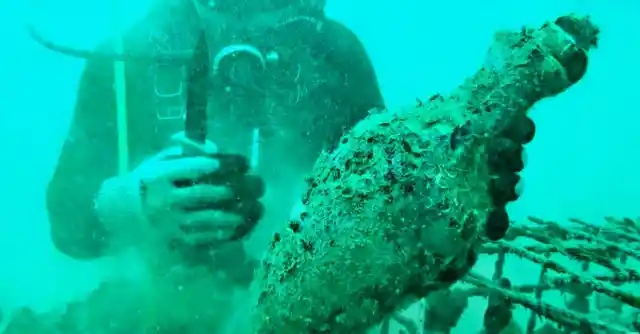
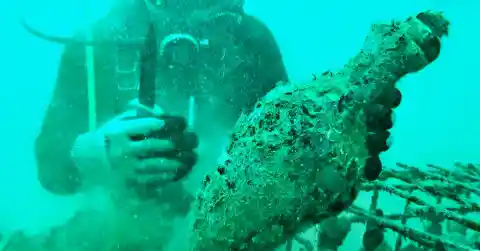
Had they found more treasure? But when they pried the jar open, they unleashed something so foul that the whole room began to retch.
Once it was completed in 1672, the warship Kronan became the unarguable jewel in the Swedish naval fleet’s crown. Unfortunately, a mere four years later it sank, taking the lives of almost all 800 crew members on board. As disappeared beneath the waves it also disappeared from history for several centuries.
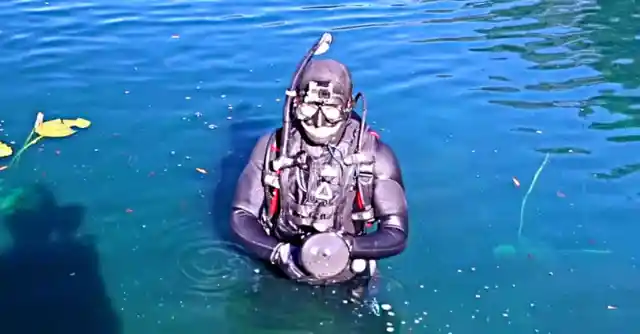
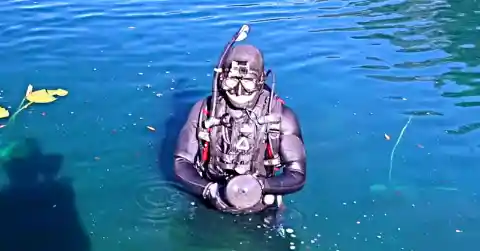
It was only in 1980 when the wreck of the Kronan was discovered again. Over the next few years, various expeditions explored the wreck and were able to recover a lot of historically significant pieces. The most recent dive, however, provided the most remarkable and unexpected discovery.
The Kronan was a multi-masted juggernaut that took an entire seven years to construct.
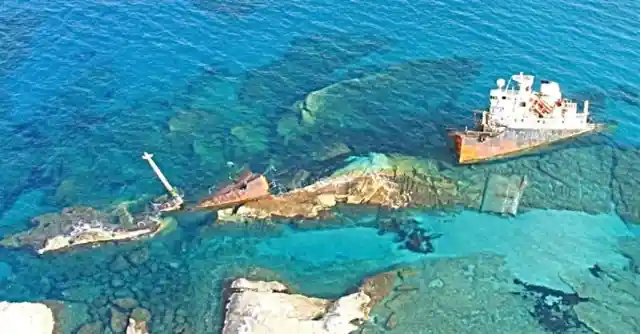
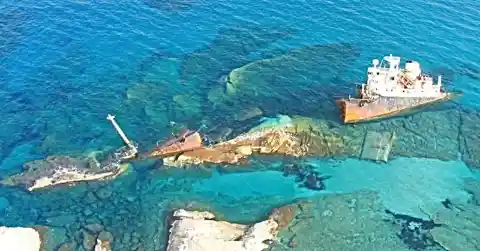
It was a force to be reckoned with when it finally took to the seas in 1672. While it may have been able to intimidate just about any ship on the seas, the sea itself would prove to be its greatest enemy.
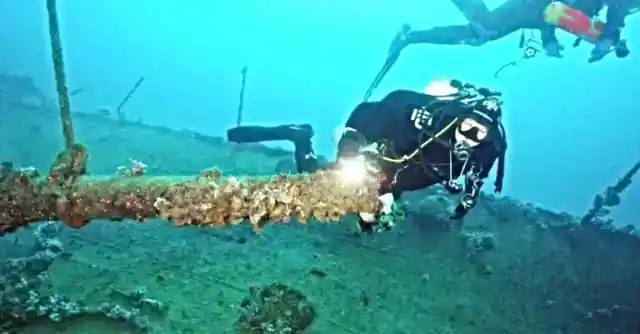
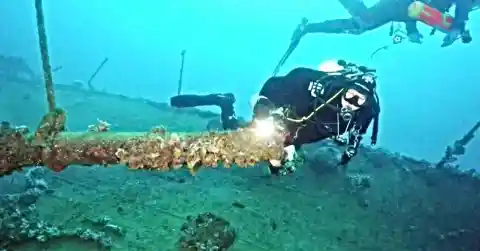
While making a sharp turn when it encountered rough waters, the ship was capsized. To make matters worse, the gunpowder that was stored on the ship was ignited as well.
The ensuing explosion was the final nail in the coffin for this majestic ship.
The Kronan sank to the ocean floor where, for three hundred years, it lay hidden, becoming home to all kinds of sea creatures and aquatic life.
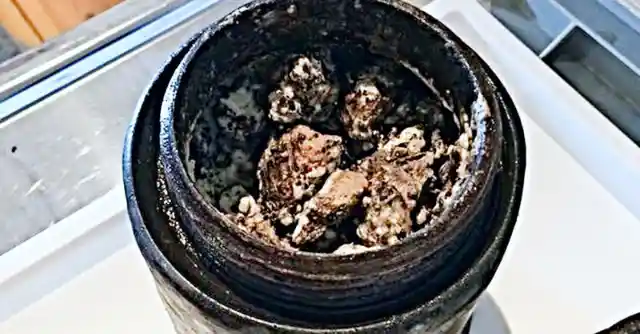
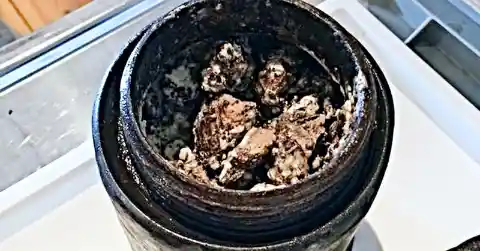
Inside it still harbored many artifacts and treasures to be found.
The wreck was only rediscovered quite by chance by an amateur researcher named Anders Franzen in 1980.
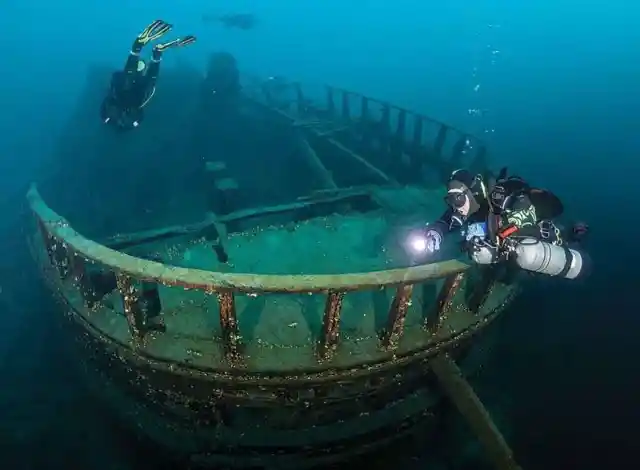
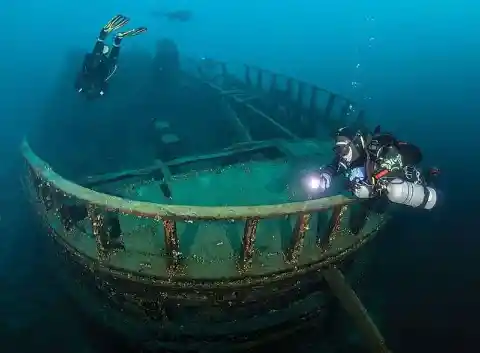
After it was found, the Swedish government-sponsored archeological dives every year to find any artifacts that lay within. What was hidden in the wreck of this once proud ship, however?
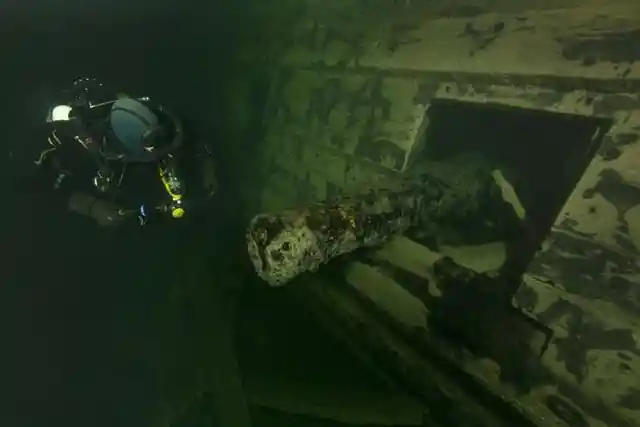
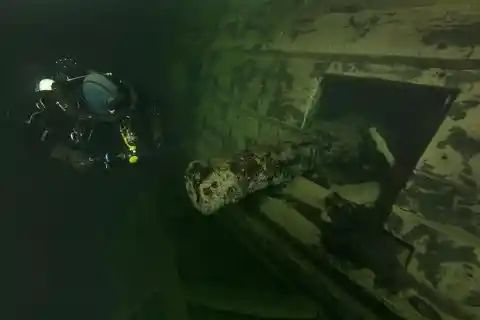
When the divers were exploring the wreck they couldn’t help but be overcome with awe at the sight of the massive ship, its sides bristling with cannons, making it clear that it was a most formidable warship before it sank.
The divers explored the inside of the ship, swimming through the massive structure. They explored dozens of rooms that once housed the crew and were equipped with weapons.
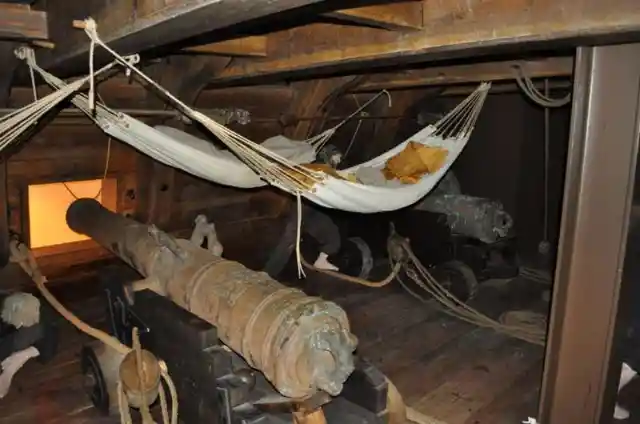
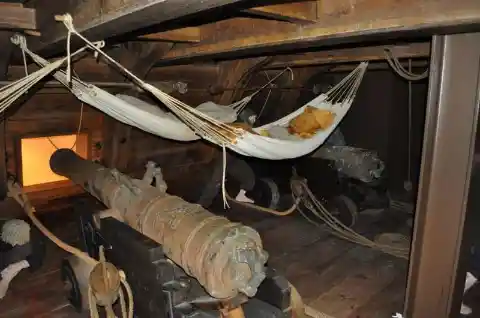
There was no doubt that this was a true juggernaut in its day.
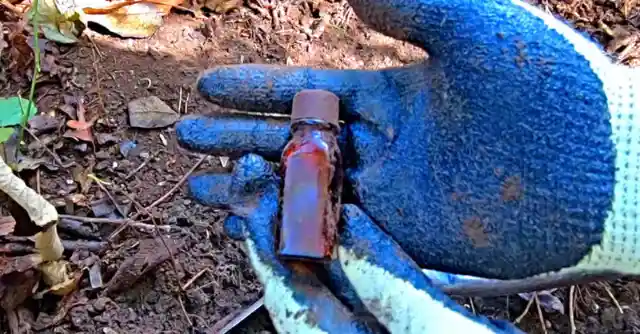
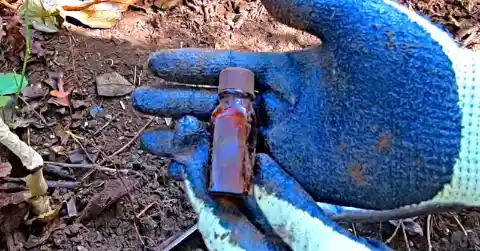
Armed with special equipment to remove the sand and mud that had covered the ship and its interior over the centuries, the divers set to work.
They cleared of every surface of the ship and in so doing revealed an incredible treasure trove.
All the artifacts that the divers recovered from the wreck of the Kronan would be sent straight to the Kalmar County Museum in Sweden of course.
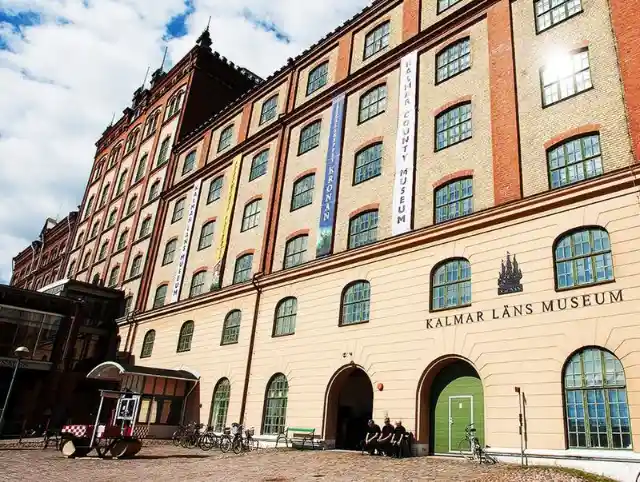
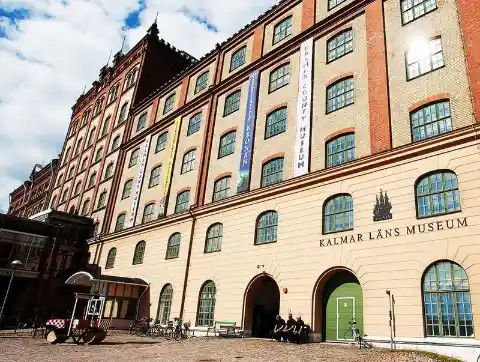
The museum had already prepared an entire exhibit to do with the Kronan that would be unveiled as soon as everything had been excavated.
Among the artifacts that the divers found were many 17th-century rifles and firearms. Apart from the intrinsic value of such old and rare items, the weapons also offered a much clearer view of 17th-century warfare and armaments.
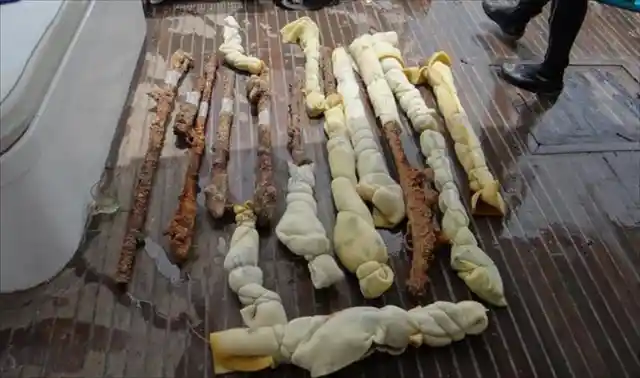
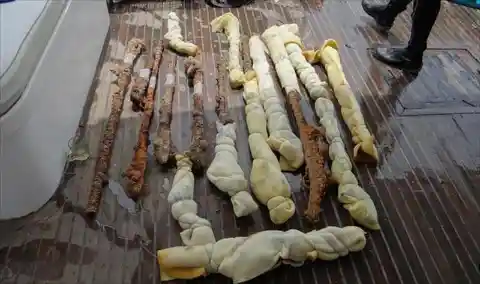
Some of the information even amazed the experts and revealed information unknown before the discovery.
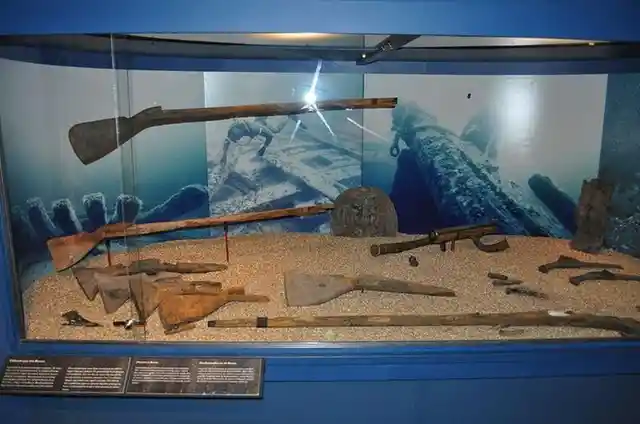
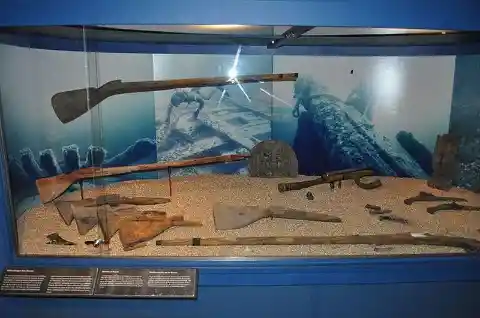
Once excavated, the firearms were carefully cleaned and restored, leaving them looking like new before they were put on display. However, as fascinating as they were, the guns were not the only amazing artifacts that were uncovered…
Many of the artifacts that the divers found were much simpler. However, they provided an amazing and previously unknown insight into everyday life in the 1600s.
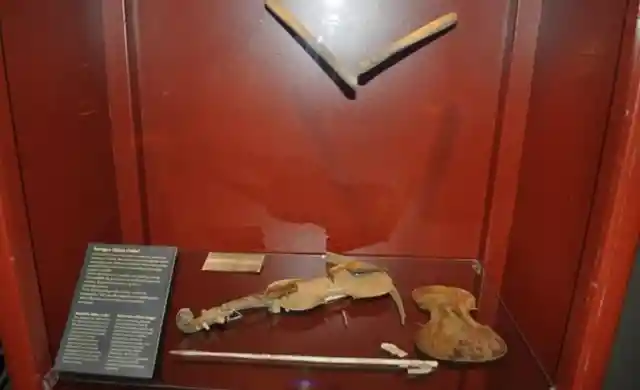
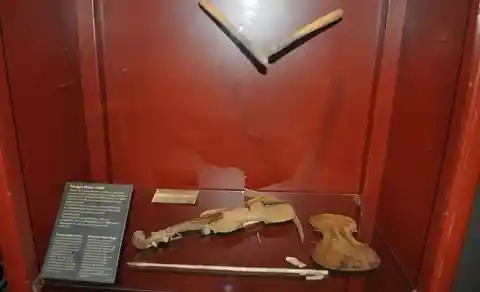
These artifacts even included instruments like violins and trumpets which were most likely used to provide entertainment to the crew while at sea.
During one of the expeditions, divers came across a gold ring that was in pristine condition. Even after centuries at the bottom of the ocean, the ring sparkled like the day it had been made.
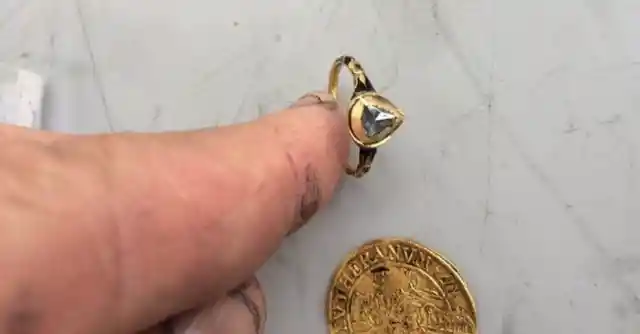
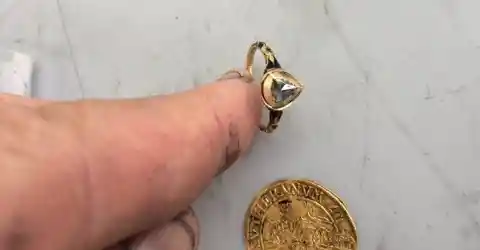
It looked as if it had only just been deposited there by accident.
Probably the most exciting find of all was the load of gold and silver coins that the ship had been carrying when it sank. Divers were amazed when they came across coins from not only Sweden, but even as far afield as Egypt, Syria, and Turkey!
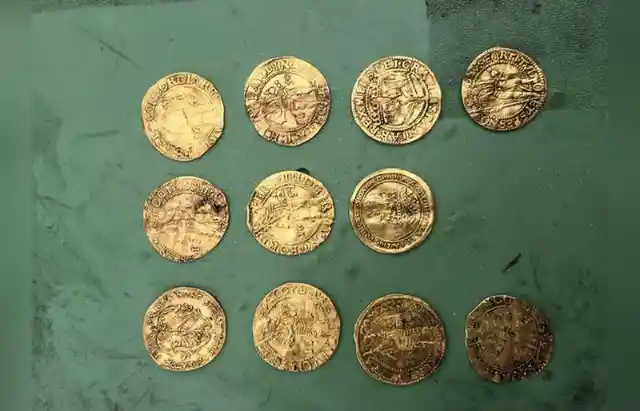
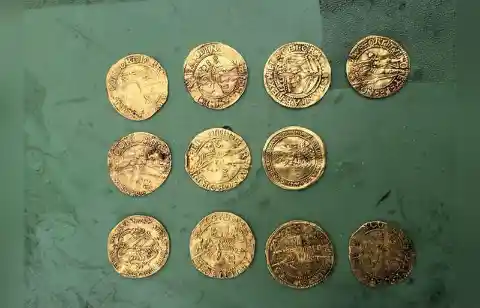
It was the biggest coin find in Swedish history!
One of the most important things they found was a wooden plaque with the name of the ship scrawled across it.
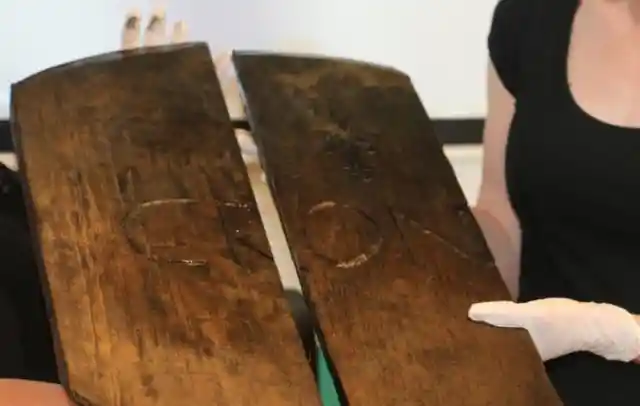
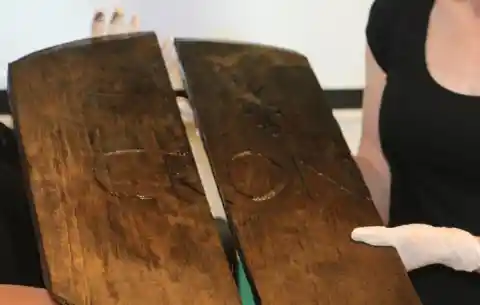
It may not have been worth as much as the gold and silver, but this plaque was an intact part of history, and equally as important as everything else.
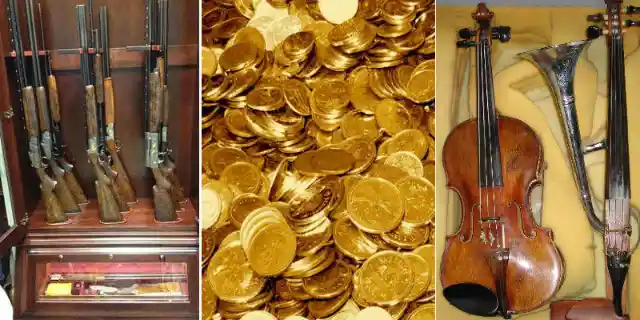
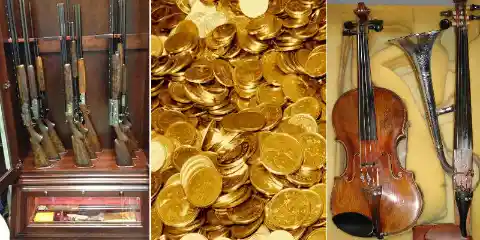
The Kalmar County Museum was more than ecstatic to display all of Kronan's lost treasure. However, they had no idea that the most interesting item was yet to be found…
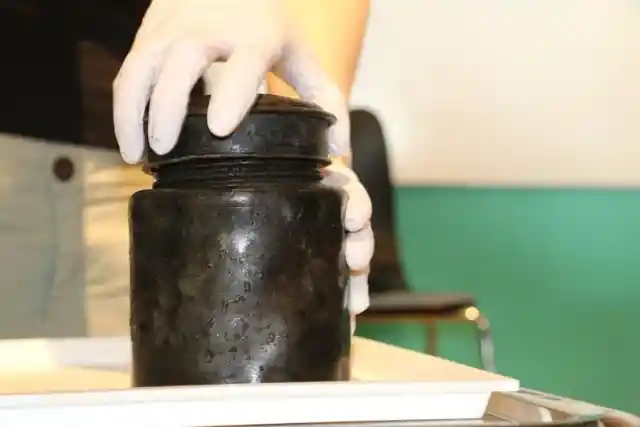
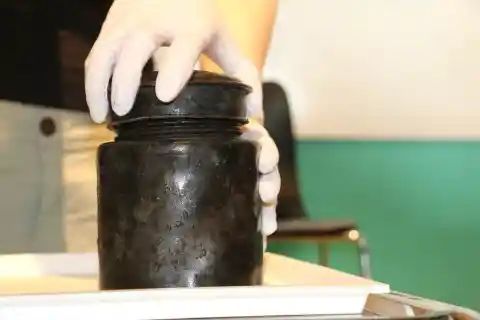
Just when researchers thought they unearthed nearly everything of importance, one of them came across this black tin jar nestled in the mud - and it was heavy. More gold and silver coins, perhaps?
When scientists finally pried open the can, they were overwhelmed by a pungent smell.
They stared at the grayish lump of mush and suddenly it hit them.
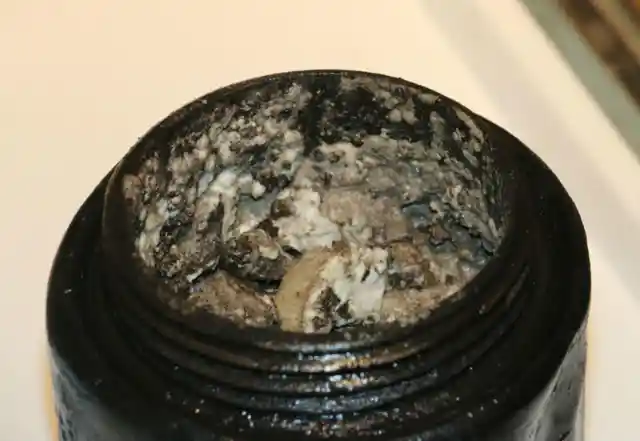
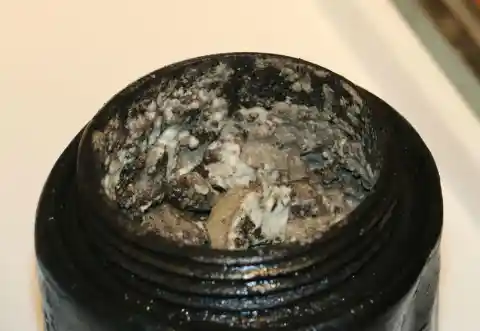
It was some kind of preserved cheese product!
They described the smell as a mix of yeast and Roquefort cheese. During the era when the Kronan was built, cheese was a real status symbol.


It separated the rich from the poor. In this case, however, the cheese was well past its prime.
No one intended to add this Kronan cheese to a gourmet cheese plate anytime soon, but just the fact it was still in relatively good condition stunned everyone. Where's Andrew Zimmern when you need him?
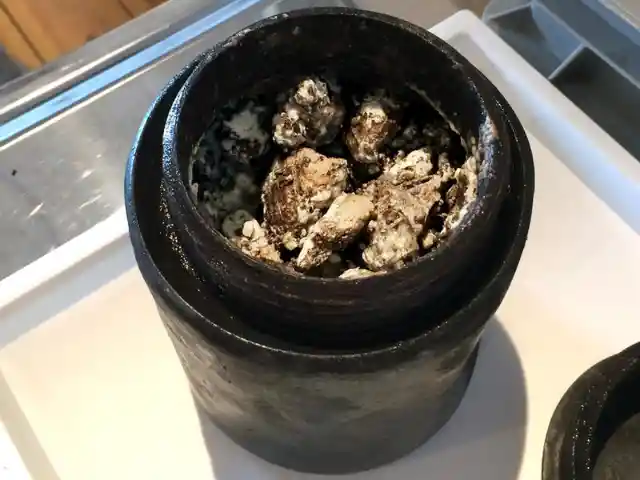
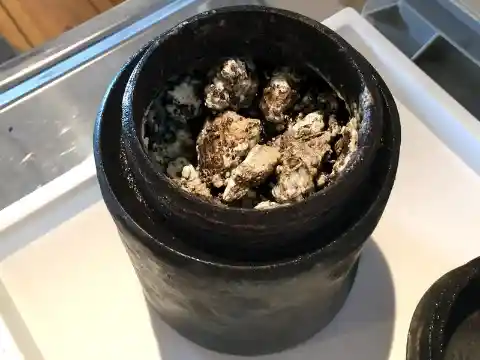
He'd probably give this a taste!
The Kronan cheese sits on display at the museum along with the rest of the findings. Since the ship was discovered in 1980, diving teams have collected over 30,000 artifacts, and they haven't even explored every nook and cranny.
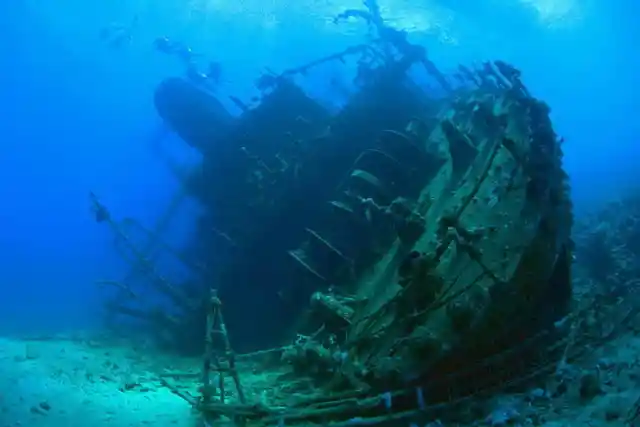
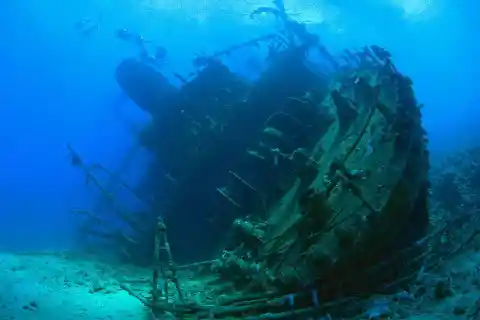
Maybe they'll come across a nice Merlot to pair with the cheese!
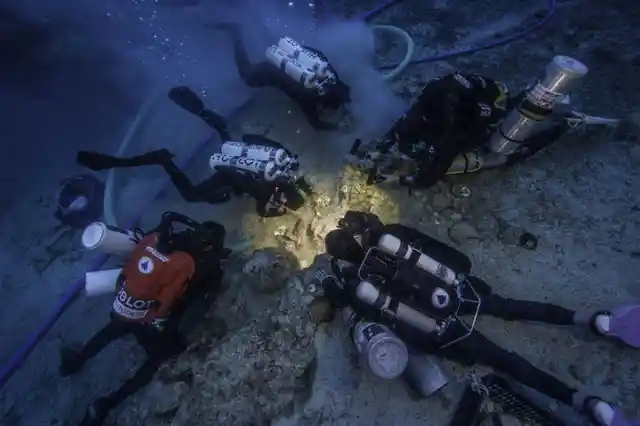
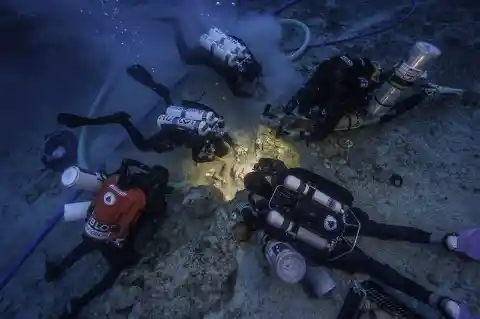
But while they investigated the Kronan, another strange relic from the past had turned up in a place that no one expected.
See, the coast of California is no stranger to significant storms, specifically El Niños—the unusually warm systems that move over the area in late December.


But one 2016 storm in Coronado, California was especially devastating.
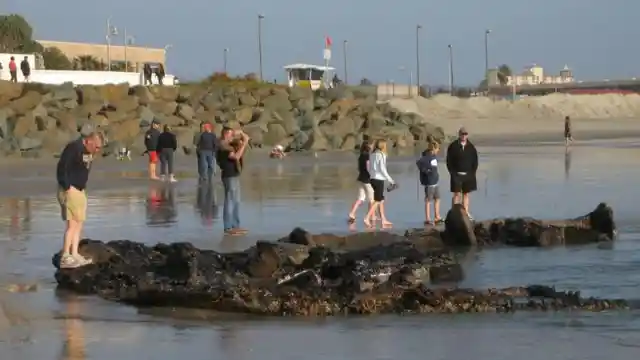
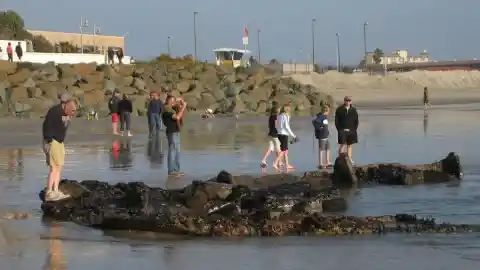
The residents of Coronado were quick to make their way back outside after the rains and winds passed.
They were ready to clean up their town, but they certainly were not prepared for what they'd find there…
When people reached South Coronado Beach, they noticed something very unusual protruding from the sandy shore. It was a massive shape of some kind, and it clearly wasn't part of a reef.


What the heck was it?
No one was quite sure what the strange formation was, but everyone was curious enough to want to get a closer look.
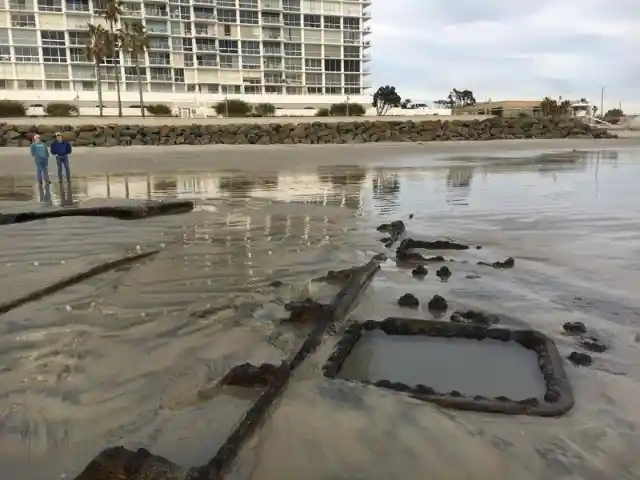
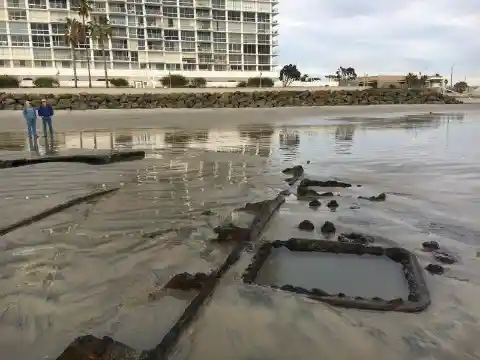
Many residents had theories, but the truth would be even wilder…
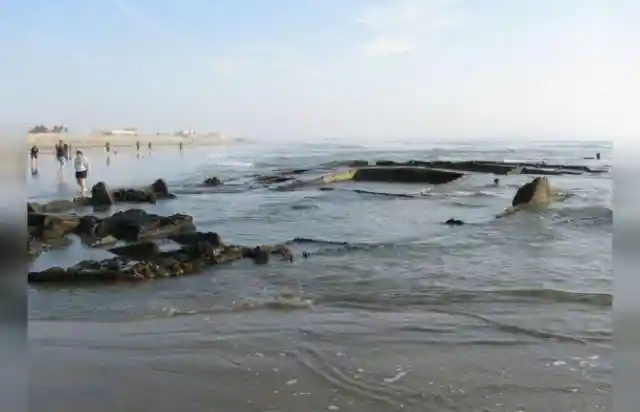
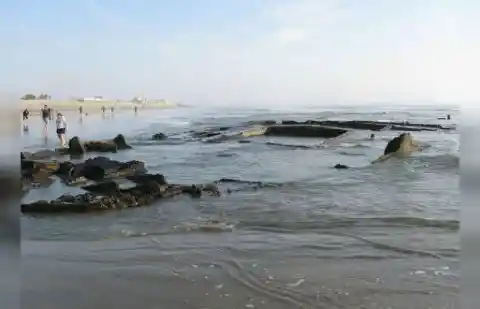
It would take more work to find out what this powerful storm had unearthed. Luckily, as the tide continued to wash the surrounding sand away, the answer was revealed…
It was an enormous shipwreck! Everyone was in awe when they finally realized what the structure was.
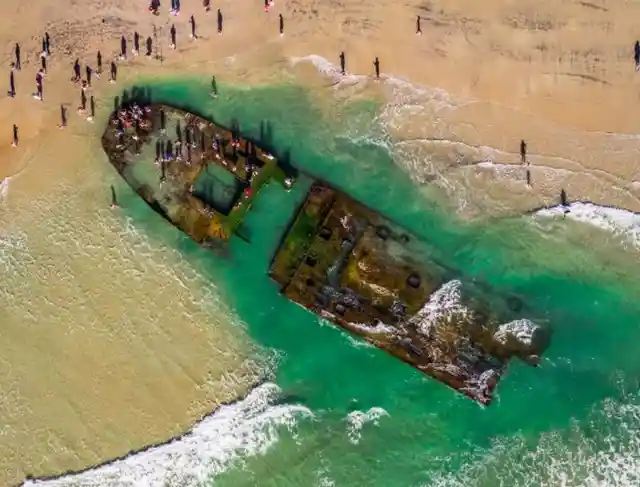
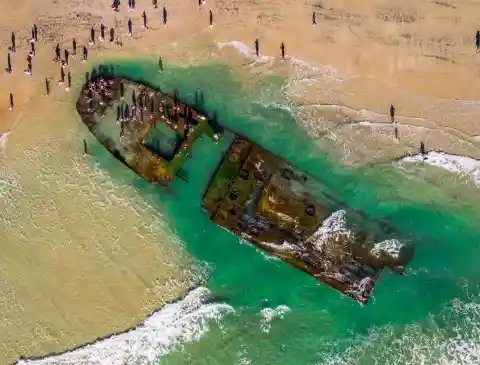
How amazing is it that a ship that enormous had been lying just beneath their feet all along?
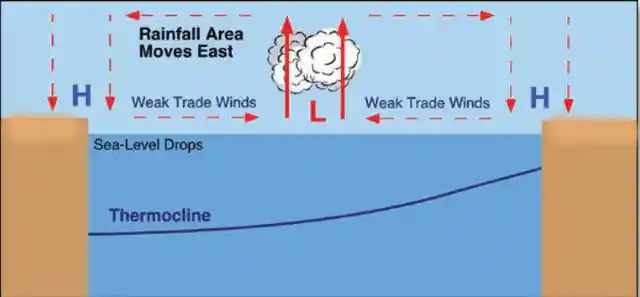
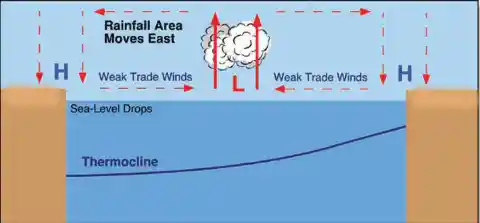
This storm had to be really intense in order to uncover something the size of a city block. As the surface of the ocean increases in temperature—and the warm air meets much colder air in the sky—it causes intense wind and rain.
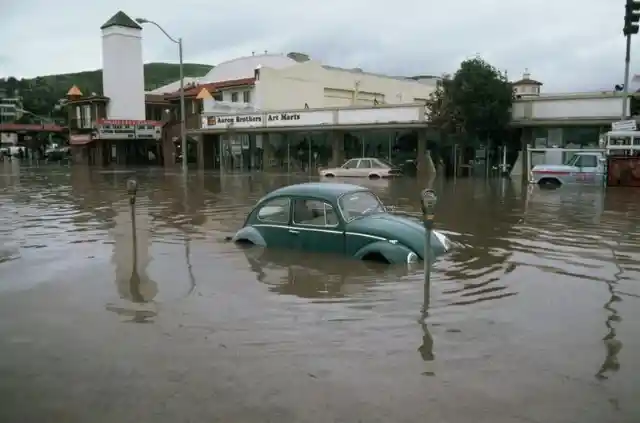
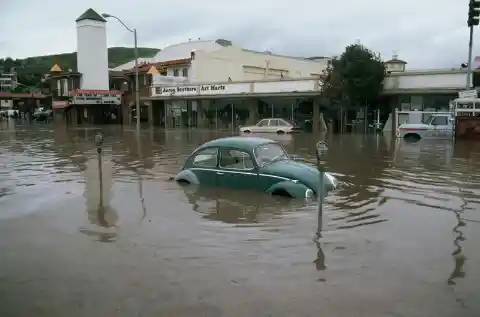
Any time an El Niño storm hits a populous area, it typically causes a hefty amount of damage. Usually, the best way to prepare is by boarding up windows and doors or simply evacuating the area altogether.
Obviously, the intensity of El Niño's winds and rain regularly tossed around small boats. The discovery on South Coronado Beach, however, was completely different.
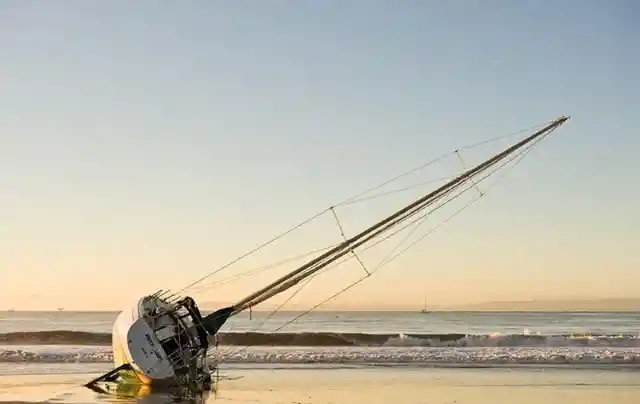
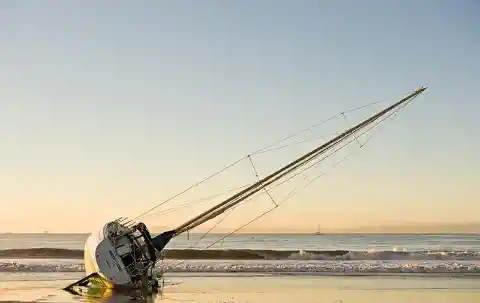
This was no small boat—this thing was seriously huge!
Now that the enormous vessel was uncovered, everyone wanted to know where exactly it had come from.
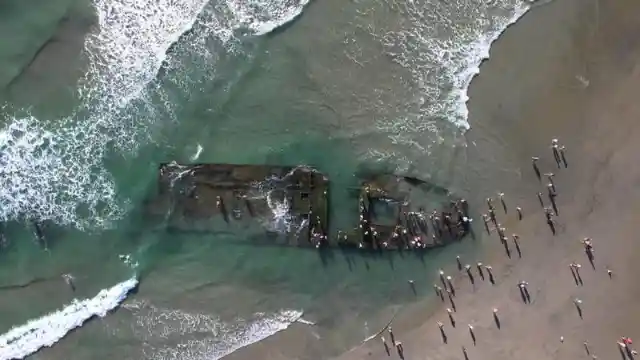
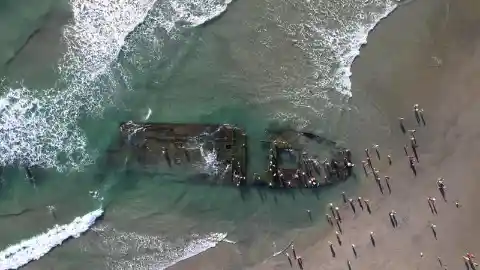
On top of that, what was it used for when it was a fully-functioning ship sailing the high seas?
As it turned out, the history of the ship was fascinating.
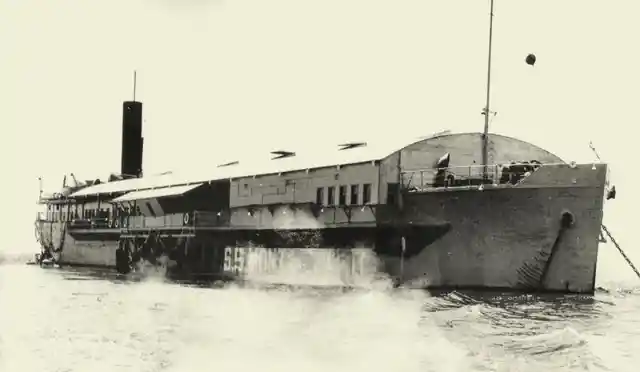
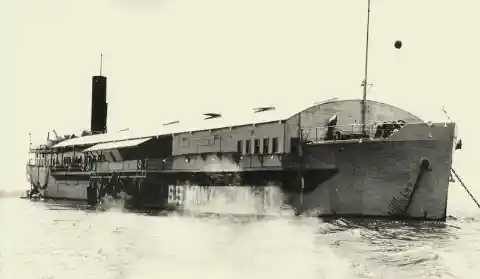
Named the SS Monte Carlo, the 300-foot vessel was built in Wilmington, North Carolina, in 1921. It was one of the few concrete and iron ships built after World War I.
The ship was the property of the United States Quartermaster Corps until 1923 when it was sold to the Associated Oil Company of San Francisco.
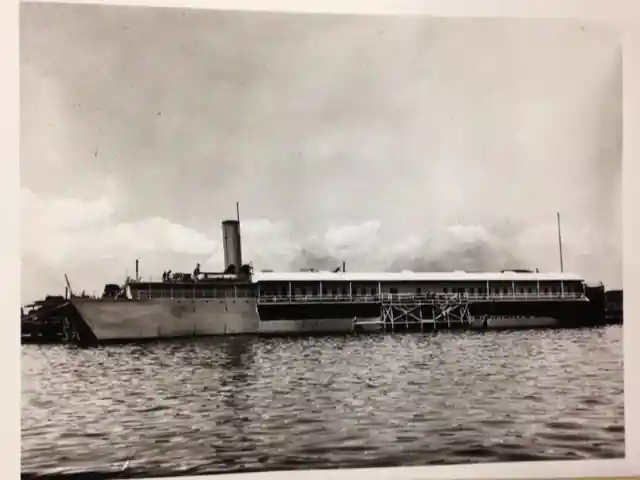
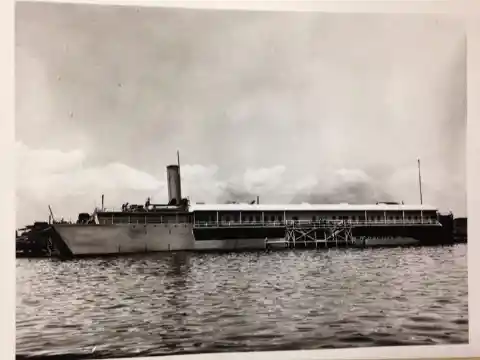
This company then sold it to two actual mobsters, Ed Turner and Martin Schouwiler, in the early 1930s.
The two men had hoped to turn their new property into a "sin ship" during Prohibition.
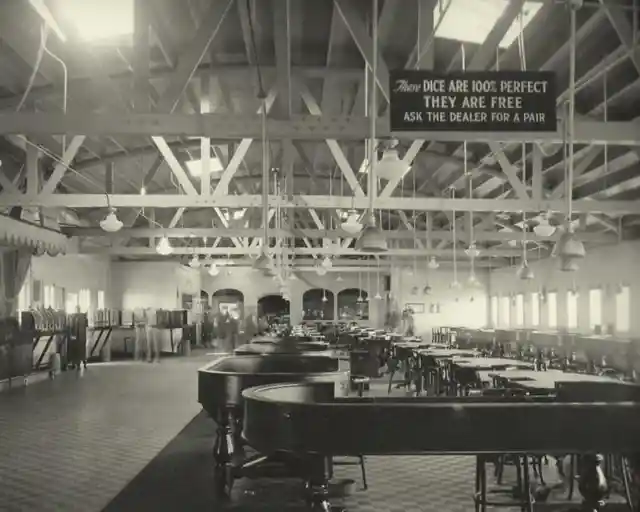
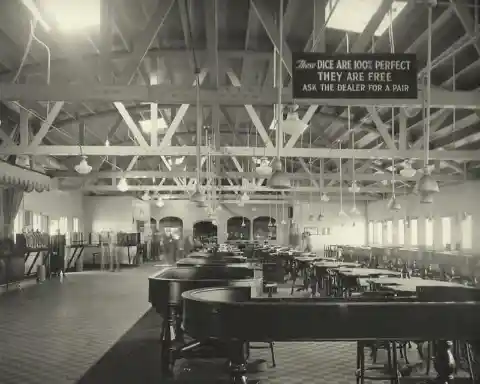
It was to be anchored three miles off the coast of Coronado Beach in international waters, so gambling, prostitution, and alcohol were all technically legal onboard… or so they hoped.
Unsurprisingly, the ship became incredibly popular. Visitors from all around came to indulge in the illegal activities it offered.
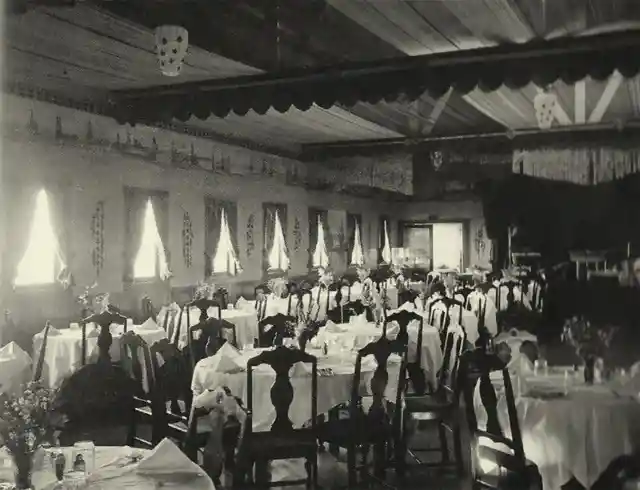
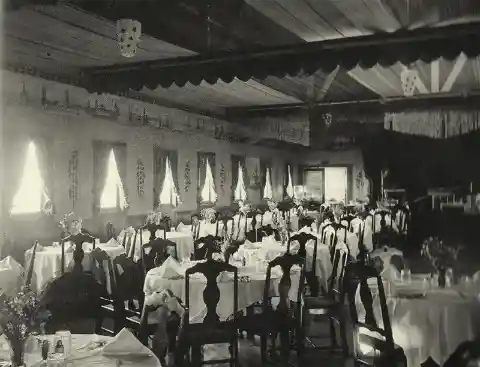
The ship was by no means the first "sin ship" in existence, but it was the largest. In its prime, it would host upwards of 15,000 gamblers a week!
It's estimated that the ship also raked in nearly $3 million a year, which by today's standards is nearly $52 million!
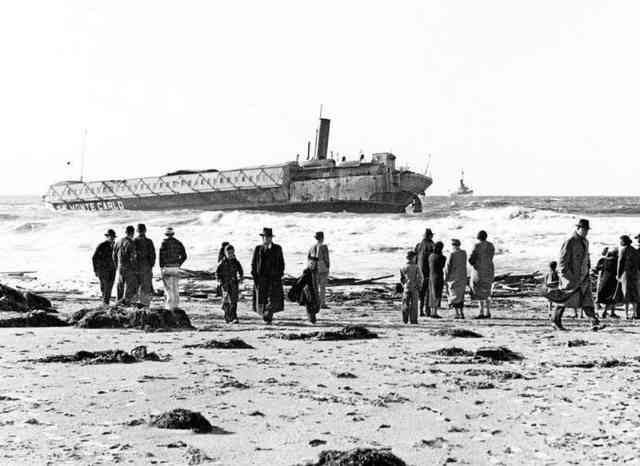
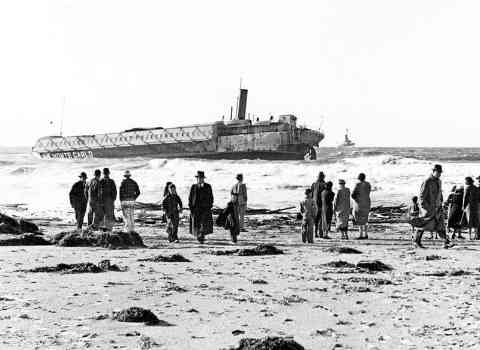
However, on New Year's Day in 1937, a massive storm set the ship adrift, and it eventually ran aground on the shores of South Coronado Beach.
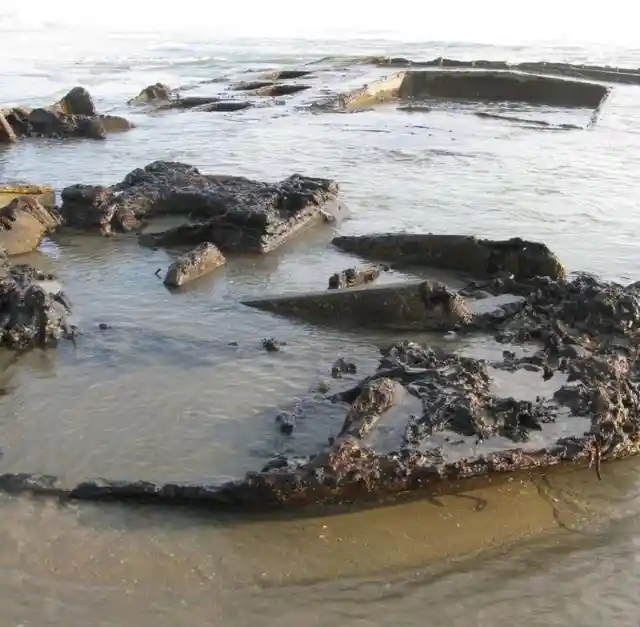
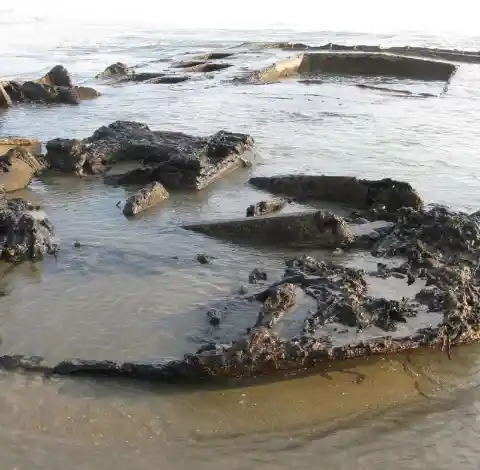
Over the next several years, the remains of the ship were slowly buried underneath the sand. That is, until the 2016 El Niño, which was strong enough to remove the sand and reveal the ancient piece of history once more.
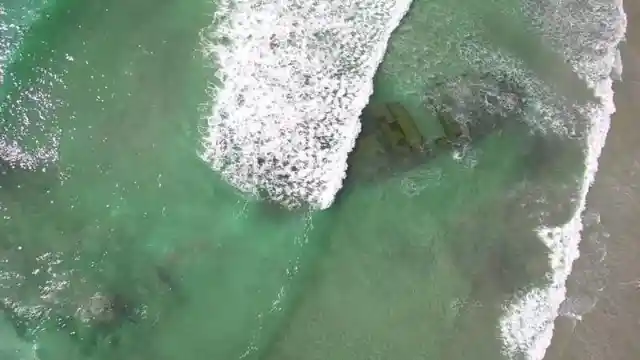
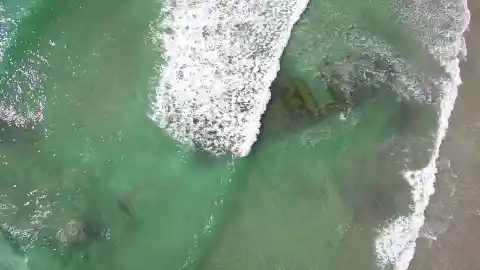
With a little help of the incoming and outgoing tide, the sand slowly revealed more and more of this former "sin ship."
It didn't take long before the residents of Coronado could make out the entire thing.
Once people could see the entire vessel, word of the discovery spread rapidly around the area. Everyone wanted to explore this real-life shipwreck for themselves!
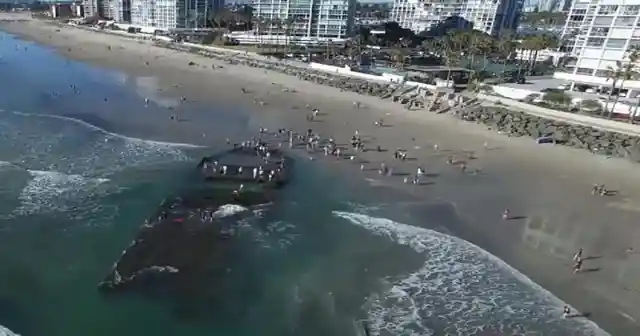
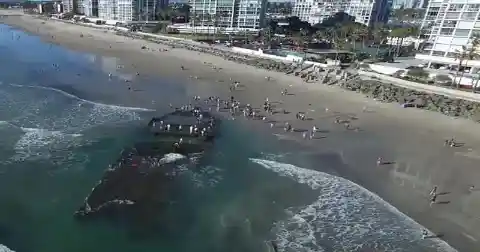
Can you blame them?
As fascinating as the discovery was, visitors needed to be extremely careful around the remains. Because the ship was built with concrete and iron, erosion had caused the frame to develop extremely sharp edges.


Albeit dangerous, exploring it might be worth it…
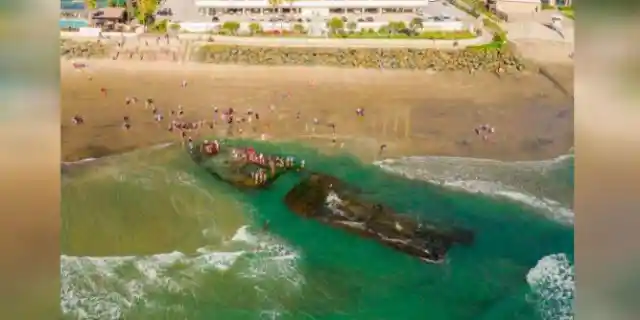
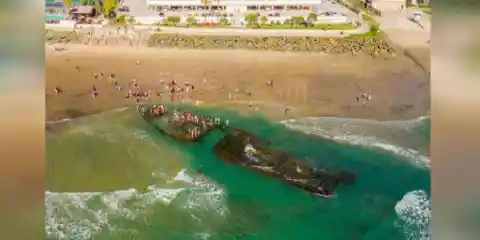
Some rumors suggested that upwards of $150,000 worth of gold and silver coins were still on board. Even if it was just a rumor, the SS Monte Carlo remains a treasure in its own right!